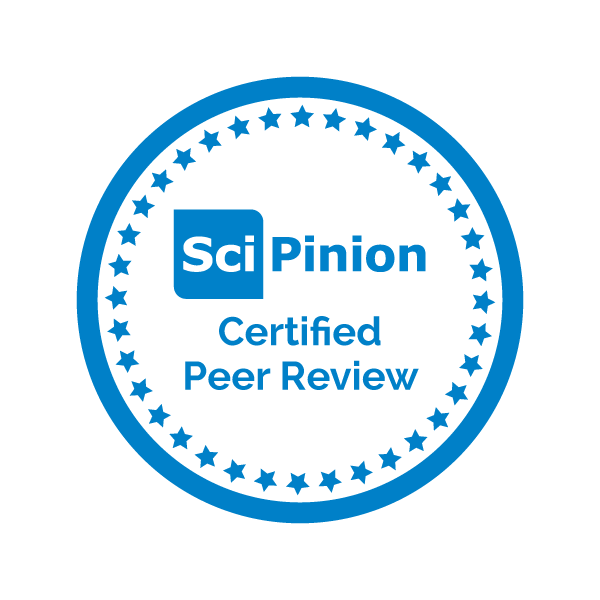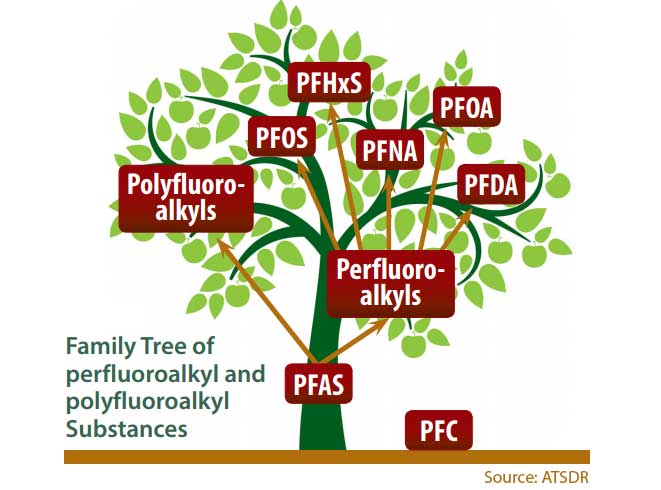Risk Assessment of PFAS
An international panel of experts provides guidance on key questions in the risk assessment of PFAS
A new peer-reviewed report by a panel of scientists sheds new light on regulation and management of per- and polyfluoroalkyl substances (PFAS). SciPinion, which objectively engages the global scientific community to analyze the toughest scientific topics, today announced the publication of an important academic report on PFAS, a class of chemicals that have a myriad of commercial uses.


Key findings from the panel of international experts include:
- Most experts agreed that all PFAS should not be grouped together for risk assessment purposes.
- There is a lack of consistent interpretations of human health risk for PFAS and a lack of information for the vast majority of PFAS, which presents significant challenges for mixtures risk assessment.
- Persistence alone is not sufficient for grouping PFAS for the purposes of assessing human health risk.
- Most panelists agreed that it is inappropriate to assume equal toxicity/potency across the diverse class of PFAS.
PFAS became an important issue worldwide when it was discovered that two specific PFAS, PFOA and PFOS, have long half-lives, the time that a molecule spends in the body before being eliminated, in humans. PFOA and PFOS were removed from the marketplace in the United States nearly a decade ago. Some activists, scientists, and state legislatures have now been advocating for all PFAS to be treated as a single category and have argued to ban all PFAS. In contrast, there are important and fundamental differences amongst the numerous PFAS, many of which serve useful purposes in commerce.
“It’s clear that for a chemical class as diverse as PFAS, a scientifically rigorous approach to risk assessment is needed. We need to acknowledge that “risk assessment” is not a one-size fits all tool and the context matters, and that effective communication of uncertainties and data limitations is required.” said Dr. Janet Anderson, primary author of the academic report. “It is fascinating to present key questions about a complex and controversial problem like PFAS risk assessment to a diverse group of independent scientists from all over the world, using a deliberative process that facilitates an open exchange of ideas.”
In Summary
The report’s panel of international experts answered a wide range of questions, had access to hundreds of pages of scientific material, and debated each other in an online forum that provided psychological safety. This was important because PFAS have proven to be controversial.
SciPinion had complete control over all aspects of the blue ribbon panel in this academic report, relying upon our proprietary and scientifically sound methods for recruiting, selecting, engaging, and reporting to minimize sources of bias and groupthink.
How is SciPinion's Process Different?
Learn more about what our unique process can offer your organization.